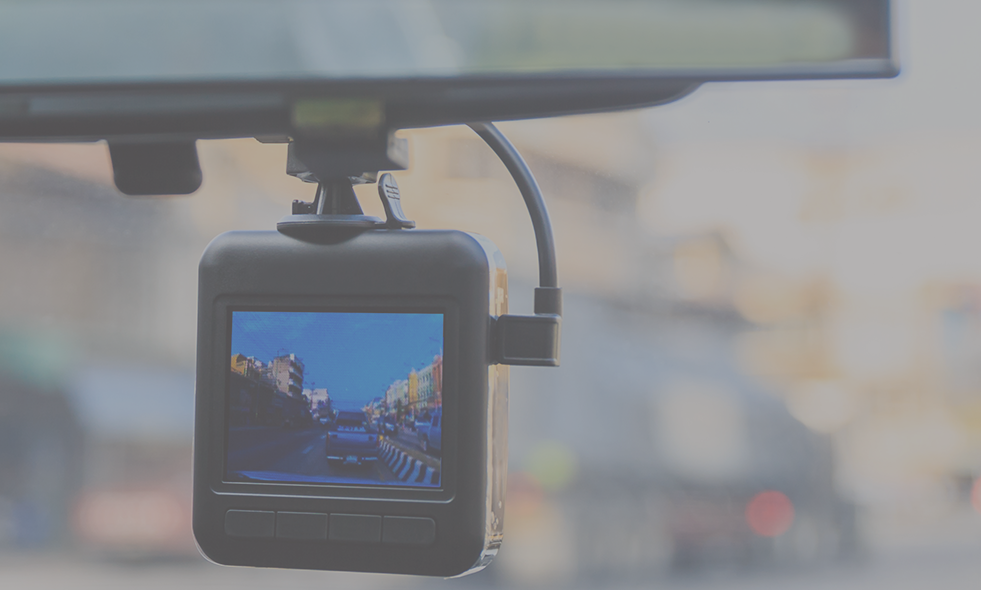The past several years have seen some of the sharpest increases in traffic crashes in decades. In 2015, the most recent year data is available, the number of large trucks or buses involved in fatal accidents rose 8 percent. You’ve likely read the expert reports identifying distracted driving as a key factor in this increase. Those same experts point to in-cabin technologies like cameras and other monitoring systems to solve the problem. However, these “distracted driving solutions” have not stemmed rising crash trends–they’re just not working to solve the problem; they only prove they exist.
You, above anyone else in your company, know first-hand the effects the right technology can have on the efficiency and performance of your organization. Maybe you’ve investigated or tried to implement a solution in your company like one we discussed above. If you didn’t see the results you were hoping for, you’re not alone. As you try to solve the business problem of employee distracted driving, here are 5 challenges you’ll face in searching for a superior technology solution to eliminate mobile distractions and finally solve distracted driving.
1. LIMITATIONS BASED ON PLATFORM
Though driver safety systems have been available for some time now, there is still not a uniform user experience or admin control across both iOS and Android. An even bigger problem exists around the ability to block access to all apps. That’s because blocking access to apps, much less allowing certain admin-approved apps through the system, is still very technically challenging due to parameters with the iOS and Android sandboxes. When looking for a superior solution to eliminate distracted driving, you’ll want to search for one that delivers the same user experience across all platforms, including a distracted driving solution that works for the iPhone and Android platform, and also a solution that delivers the ability to block apps and control app usage.
2. DIFFICULT TO MANAGE
Let’s face it, any system you try to put in place which is difficult to install or requires months of implementation, won’t be successful. Requiring hours of customization each time you update a policy, or not allowing over-the-air updates will also be barriers to success. Maybe the solution you have is an ‘all-or-nothing’ tool and not flexible and scalable to meet your company’s specific needs.
The best distracted driving system should eliminate mobile distractions but give you flexibility when it’s needed. Would employees be more productive with the ability to make hands-free calls or use navigation if your corporate safety policy allows it? In your research, investigate systems that allow you and your team to easily customize driver protection settings. Additionally, the optimum solution will be one that allows admins to block distracting applications while allowing useful applications if desired.
3. REPORTING IS SUBSTANDARD OR NONEXISTENT
You’ve probably said it before, “You can’t manage what you don’t measure.” Proper reporting and auditing is an integral part of any new system. Basically, if your driver safety tool isn’t delivering relevant, actionable data and reports, it should be shelved. Instead, search for a distracted driving solution that reports whether or not the system is functioning properly and in compliance, while also monitoring driver behavior changes and improvement. Without insights like these, you are simply not getting the full value of the tech and a proper view of what’s happening in your environment.
4. LACK OF ENFORCEABILITY
You’ve spent your career engineering systems designed to mitigate the behavior of rogue employees. Most distracted driving apps in the marketplace can’t determine when a person is driving or riding as a passenger, therefore they block anytime the phone moves. Because of this inability to determine context, those apps have to allow some sort of opt-in passenger mode. What stops an employee from habitually using the passenger mode?
Even worse, there are also so-called text blocking apps that can be deleted or subverted without your knowledge. Substandard solutions that work this way allow employees to defy the system and continue texting, posting, watching movies or any of the other myriad mobile activities that distract from safe driving, further giving employees have the end control over the system you put you in place. In your search for a superior distracted driving technology, look for a solution that alerts you anytime an employee tries to override, tamper with or deactivate the system. The best distracted driving solution should automatically differentiate drivers versus passengers and enforce different protection settings for each. Without this level of enforceability, you are simply not in charge and can’t ensure employee compliance and safety on the road.
5. IT’S REACTIVE IN NATURE
In the successful systems you’ve deployed in the past, redundancy is key; it ensures you’ve anticipated potential threats to the system and mitigated them before they happen. You’d never set out to implement a system that only responded to security threats after the fact, instead of preventing them. Driver safety solutions that are reactive instead of proactive do the same thing. In-cabin tools like cameras only serve to create lag measures that notify you of negative events after the event is passed. The best technology prevents and eliminates distractions. Otherwise, it’s not solving the business problem of distracted driving, only proving it exists.

